Sales Training: Best Programs, Techniques, and Services for Success
Casey O'Connor
Contents
- What Is Sales Training?
- Why Is Sales Training Important?
- What Are The Different Types of Sales Training?
- Best Sales Training Programs
- How to Choose the Right Sales Training Program
- Best Sales Training Techniques
- Best Sales Consulting Services
- How to Measure Sales Training Success
- How Yesware Can Help Manage Your Team
Sales training is one of the backbones of successful sales. Unfortunately, most sales teams are inadvertently wasting this sales resource by choosing the wrong opportunities.
Sales training can be fun, exciting, and effective; sales managers just have to know how to choose the right programs for the right results.
In this article, we’ll go over everything you need to know about sales training, including what it is, why it’s so important, and some of the best sales training programs available on the market today.
Here’s what we’ll cover:
- What Is Sales Training?
- Why Is Sales Training Important?
- What Are the Different Types of Sales Training?
- Best Sales Training Programs
- How to Choose the Right Sales Training Program
- Best Sales Training Techniques
- Best Sales Consulting Services
- How to Measure Sales Training Success
What Is Sales Training?
Sales training is the process and/or programs involved in improving sales reps’ skills, mindsets, instincts, and traits/characteristics that drive sales performance.
Unfortunately, traditional sales training — the Powerpoint presentations and dry workshops that most sales reps think of when they think of the term — is largely ineffective for today’s sales teams.
And the data backs this up: Gartner research has shown that 70% of what B2B sales reps learn at traditional training workshops and seminars is forgotten within a week, and 87% is forgotten within a month.
With that being said, the truth is that sales training is anything but obsolete. It’s as important as ever for successful sales performance.
Still, a disconnect definitely exists somewhere, given that over 70% of top sales performers report relying on effective sales training as a component of their success. 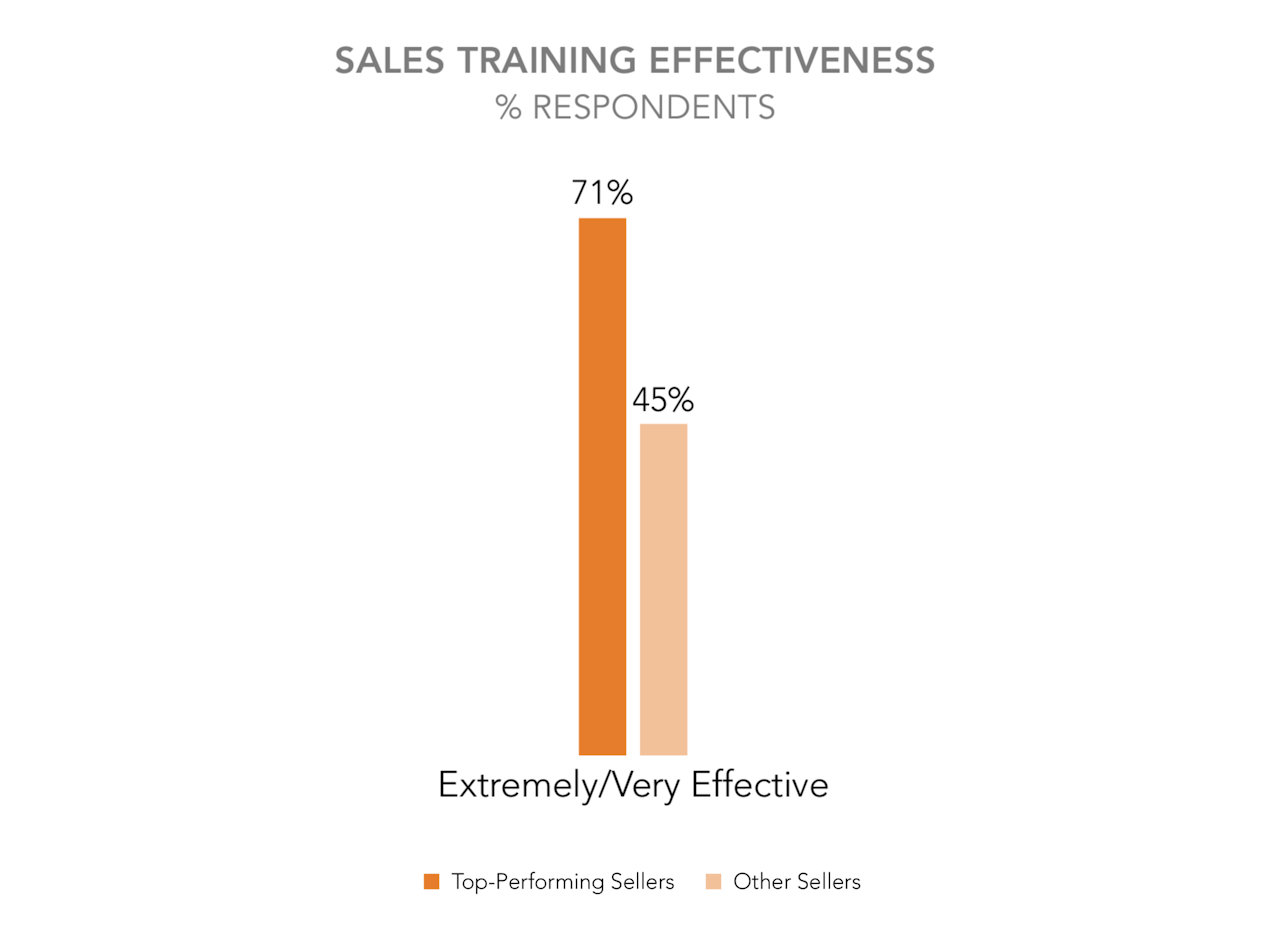 So what makes for an effective sales training program? Why do top performers say that sales training is critically important, yet most sales reps forget what they learn almost immediately?
So what makes for an effective sales training program? Why do top performers say that sales training is critically important, yet most sales reps forget what they learn almost immediately?
What are the differences between sales training that gets forgotten and sales training that creates top performers?
Sales training for today’s sales rep needs to be created for adult learners in a way that promotes retention and application. It should be designed around a company’s unique sales goals, resources, and team needs in order to drive results.
Effective, modernized sales training teaches sellers how to better understand and build relationships with today’s buyers through targeted strategies, tactics, techniques, and technology.
Why Is Sales Training Important?
Effective sales training is extremely important for any sales organization — even those who may be currently seeing negative returns on their training efforts. The key is learning how to do sales training the right way.
Sales training with the right program, the right approach, and the right mindset can improve team culture, build better buyer-seller relationships, and boost specific sales results. 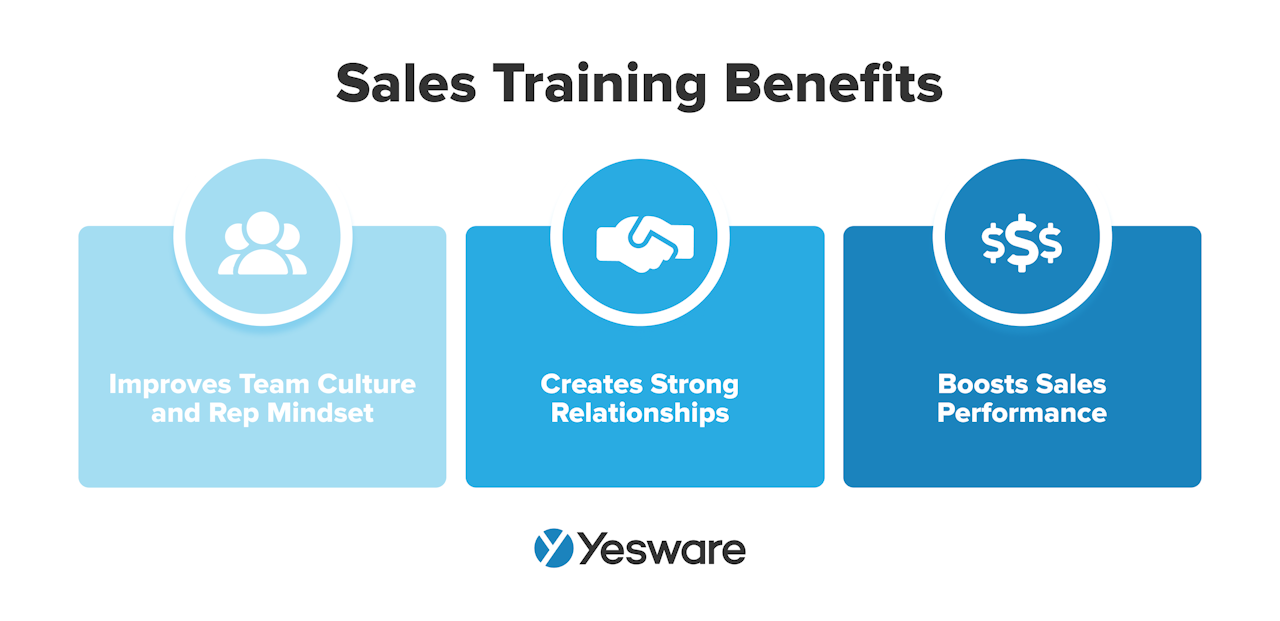
Improves Team Culture and Rep Mindset
Sales training (when it’s done right) changes seller behavior for the long term. It creates a culture of achievement and improvement, and individual sales reps are motivated to continue growing alongside their teammates. Sales training helps average sellers become top performers, and top performers become elite.
Effective sales training can also improve inter-team communication and inspire innovative thinking.
Finally, sales training improves sales leadership and management and can indirectly increase customer satisfaction.
Creates Strong Relationships
Targeted sales training should revolve around teaching sales reps how to create better, deeper, and more trusting relationships with prospects. It helps them understand how to approach lead qualification, handling objections, closing deals, and cross-selling/upselling with skill.
Boosts Sales Performance
The right sales training can have very tangible effects on your sales performance and can be a main driver in helping teams achieve sales growth goals.
Sales training has been shown to improve the following sales metrics, depending on what the training specifically targets:
- Win rates
- Length of the sales cycle
- Number of opportunities in the pipeline
- Average deal size
- Profit margin
- Sales goal attainment
- Quota attainment
- Revenue
- Sales productivity
Sales training also helps teams grow strategic key accounts and achieve premium pricing more often than not.
A study by professional services company Accenture found that every dollar spent on effective training yields over 300% ROI — no team can afford to cut corners on their sales training program with such impressive returns.
What Are The Different Types of Sales Training?
The term “sales training” has become kind of a catch-all for a variety of sales improvement initiatives. Let’s take a closer look at a few of the different types. 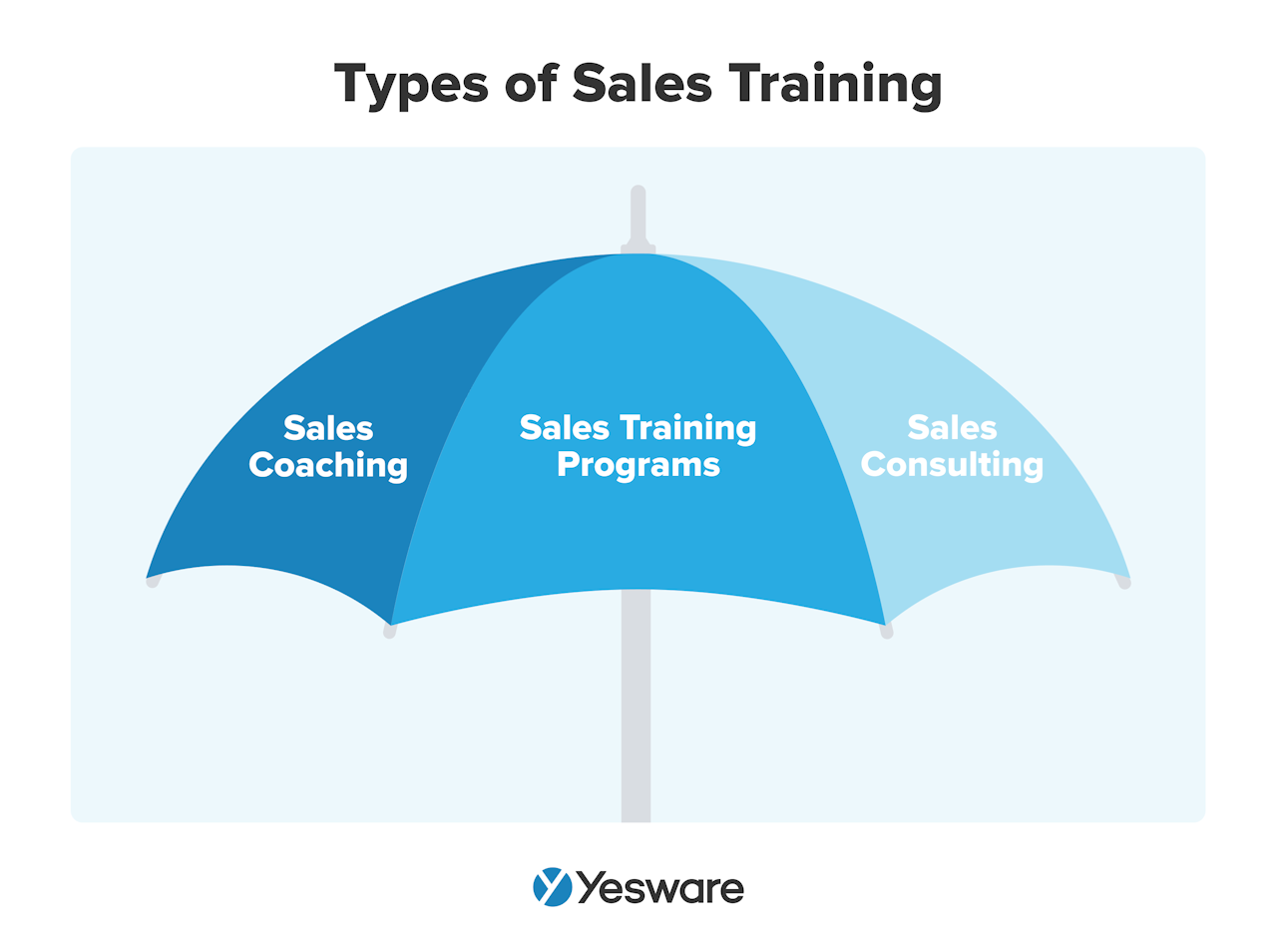
Sales Training Programs
Sales training programs are usually the things you might normally consider as “traditional training” — workshops, seminars, online webinars, etc. These are prescribed programs that are designed to help sales reps improve specific skills and/or sales results in a lasting way.
There is a huge variety of both virtual and in-person sales training programs that can meet the needs and goals of any sales team or individual sales rep. Sales managers should choose sales training programs that align with the organization’s larger overall goals.
Sales Coaching
Sales coaching is often implemented as a supplement to a sales training program. It can help ensure that training efforts are retained, applied, and maintained long-term.
Sales coaching is a one-on-one initiative in which experienced sales reps guide their coaching partners through real-world sales scenarios and skill development. Specifically, sales coaches help sales reps achieve goals, stay accountable, and grow in their careers.
Sales Consulting
Sales consulting is the practice of seeking/offering sales insight to improve current performance and identify future opportunities for growth. This can help sales managers and teams identify a path forward to maximize their sales and growth potential.
Best Sales Training Programs
There is a virtually limitless number of sales training programs available for sales teams today. These training programs cover every sales skill you could possibly imagine and can be found online, in person, and everything in between.
Here are some of our favorite sales training programs, though this is in no way an exhaustive list.
1. ASLAN

ASLAN is one of the most popular sales training programs available today, largely thanks to its wide variety of offerings. Their programs focus on Other Centered® Selling, a shift from “selling” to determining how to serve customers through each stage of the consultative process. Their training is ideal for sales teams, call center teams, and sales leadership and coaching. They use an AI-powered sales enablement tool called ASLAN+ to make both enablement and training reinforcement easier for sales teams.
2. The Brooks Group

The Brooks Group also offers a number of training programs, the most popular of which is probably their IMPACT-U Selling Seminar. IMPACT-U teaches entry-level sales reps how to work the sales process. Programs from the Brooks Group are delivered via workshops, which they call Labs, and include personal assessments and skill analyses. One of the big focuses of IMPACT-U is teaching reps how to ask the right open-ended questions at the right time.
3. Winning with Relationship Selling

Dale Carnegie, famed author of the best-selling book How to Win Friends and Influence People, offers a customer-first sales training program called “Winning with Relationship Selling.” This program is expensive but well-liked because of its recognizable name and proven results. Carnegie’s program emphasizes active listening and follows a five-step approach for helping reps establish credibility and act as an advisor for the buyer through the sale.
4. Challenger

The founders of the Challenger Sales approach offer a handful of training programs that teach reps how to use their unique approach to challenge buyers’ assumptions and take control of the buying process. Challenger offers both self-paced and instructor-led training options, including Storytelling, Negotiations, and Activating Customer Mobilizers.
5. Janek Performance Group

The Janek Performance Group offers sales training for three different “tracks”: Core Skills for entry-level sales reps, Advanced Skills for sales reps with more experience, and a track for managers that improves their coaching skills. All of their programs follow the ATLAS interactive training approach and offer a solid blend of on-site, online, self-paced, and instructor-led options.
6. Sandler Training

The Sandler Selling approach is one of the most well-known out there, and they offer ample training programs to help sales reps get more familiar with its different components. With programs like Dealing with Difficult People, Sales Management Training, and Sandler Sales Foundations, there’s something for reps at every experience level and every focus area. Each of the courses follows the same four-step approach that was designed to make sure concepts are retained: Awareness & Knowledge, Application, Skill-Building, and Mastery-Level Habits.
7. Vengreso
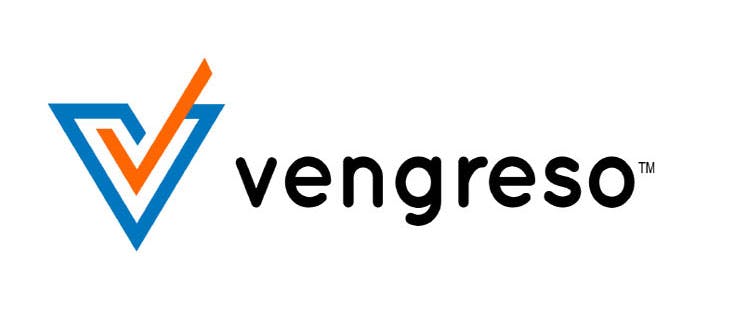
The Vengreso sales training program offers nine online tracks, each with instructor-led mini-session accompanied by on-demand training, interactive tools, real-time coaching, and analytical assessments. Course options include Video Sales Mastery, Prospecting Basics, and Selling with LinkedIn.
8. Smart Calling College

Smart Calling College from world-renowned seller Art Sobczak teaches sales reps how to make effective, winning sales calls. The program is self-paced and video-based, though it does include workbook activities, live one-on-one coaching, and an interactive online forum.
9. Richardson’s Consultative Selling Skills
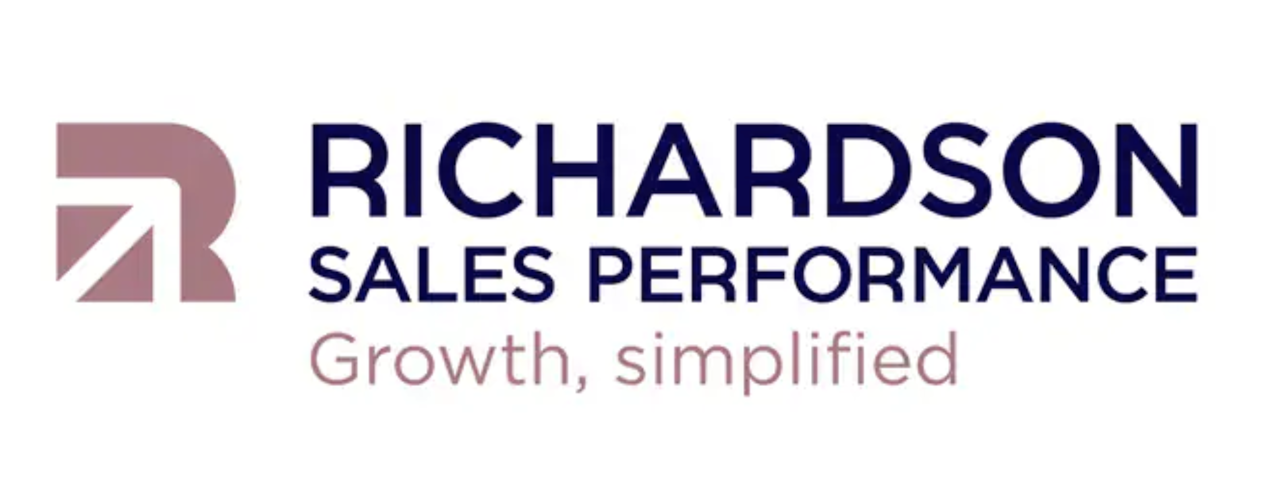
The flagship sales seminar from the Richardson Sales Performance Training Company teaches sales reps how to articulate their offer’s value in a way that directly meets a prospect’s unique needs. Richardson’s online training library is impressive, both in its breadth and its organizational format, and is supplemental to their instructor-led training. The program is offered in four stages: Creating Your Pipeline, Winning Opportunities, Growing Your Accounts, and Managing Sales.
10. The RAIN Group

The RAIN Group is another well-known and highly-regarded sales training and consulting firm that offers a wide variety of onsite and virtual training programs. Their program is unique in that it allows learners to customize their training from the 70+ modules available in their library, including Strategic Account Management, RAIN Sales Negotiation, and Virtual Selling.
The right sales training program for your team will ultimately depend on your reps’ strengths, areas of need, and organizational goals. The idea is to identify programs that instill lasting change in your reps.
How to Choose the Right Sales Training Program
When you’re deciding which sales training program to offer to your team, consider the following factors:
- Location: Do you need something local? Are you planning to turn the training program into an on-site retreat (in which case travel may be more appropriate)? Or perhaps your team needs the training to be entirely remote? Determine your format/location preferences first.
- Length: How long of a training are you looking for? Do you want something shorter duration but longer term (i.e. ten minute videos over the course of two weeks), or a longer duration for a shorter period of time (e.g., two full days of workshops to deliver all of the material)? There are merits to both formats, so think about what would work best for your team.
- Focus: What goal or skill is your team working toward or working on improving? Sales training programs run the gamut from highly specialized and hyper-focused (e.g., cold calling seminars) to broad and high-level (e.g., a workshop on the sales process).
- Price: Determine your budget before you make any final decisions about sales training. There are programs to fit just about every budget, and many companies offer tiered pricing depending on how many people attend. Make sure you get an accurate quote before you move forward with a contract.
- Interactivity: The best sales training is interactive and highly engaging. Make sure you gather insight about the ins and outs of any program you choose before you enroll your team. There should be instructor-led components and learner-driven aspects of the program.
Best Sales Training Techniques
The best sales training techniques are the ones that inspire lasting, impactful change in the trainees. Here are some of our favorites.
Keep It Short and Sweet
While there is a time and place for day-long training events, many sales reps prefer shorter-duration, focused blocks of training. Some sales teams find success with a daily “micro training” model, where reps receive short (<10 minutes), highly-targeted bursts of training on a regular basis.
It’s also important to make sure your sales training content is immediately accessible (including a mobile-friendly version). Allow flexibility as much as you can and make the content easy to interact with and navigate.
Create a Training Experience (Not a Presentation)
Sales training in 2023 must be interactive, engaging, and collaborative. Sales reps today simply do not have the time or mental bandwidth to sit through hours of instructor-led content about which they were not consulted in the first place.
Today’s sales training should be personalized and easily applied to their roles and include adult learning techniques like role-playing, interactive demonstrations, and live coaching.
Make It Real-World
To the best of your/the instructor’s ability, try to connect the training material to reps’ real-life sales circumstances.
For example, use real sales collateral during demos and actual case studies as motivation. Look for opportunities to train in the field. Leverage your training resources to create tangible, evergreen resources like sales playbooks and training manuals.
The more you can make sales training relevant to a sales rep’s day-to-day experience, the more likely it is to stick with them.
Incentivize Your Team
Sales reps will be much more likely to retain their sales training if they’re motivated to implement it on an ongoing basis. This can be done through sales incentives.
Start by defining the “why” behind your sales training efforts, and be sure to include real sales metrics. Maintain motivation and accountability by offering ongoing 1:1 sales coaching, follow-up training, and self-assessments.
Tip: Looking to improve your 1:1 meetings? Grab our free ebook below with a blueprint on how to run effective meetings with your team.
 How Sales Managers Can Maximize 1:1 Meetings (Backed by Data)Proven strategies for 1:1 meetings that’ll give reps confidence in their day-to-day and drive higher revenue across the team.
How Sales Managers Can Maximize 1:1 Meetings (Backed by Data)Proven strategies for 1:1 meetings that’ll give reps confidence in their day-to-day and drive higher revenue across the team.
Best Sales Consulting Services
Sales consulting can be an effective tool for sales teams who are looking for guidance on big-picture sales issues. Here are a few of our favorites.
Winning by Design

Winning by Design is a global B2B sales, marketing, and customer success consulting and training company. They help sales teams design and achieve sustainable growth in their “Revenue Academy,” with categories for Prospecting, Selling, Managing, Enterprise Accounts, and more.
Skaled

Skaled helps accelerate their clients’ growth by focusing on Revenue Strategy, Operations, and Enablement. This consulting firm has a big goal: to change the future of sales. Their vision is to transform the way their clients connect with their customers (and grow revenue faster) by integrating the entire revenue organization.
TenBound

TenBound is a sales research and advisory firm that focuses on B2B SaaS sales. They offer online training programs for sales teams of all experience levels in addition to their consulting services. They primarily focus on helping their clients grow their pipelines.
How to Measure Sales Training Success
The best sales training has a target or a focus that can be easily identified. Training that is too vague is hard to master and hard to measure.
Depending on the focus of your sales training, the following sales metrics and sales KPIs may help you measure its success:
- Weighted average pipeline size
- Pipeline growth
- Sales activity
- Sales productivity
- Implementation rate
- Satisfaction with training
- Employee engagement
- Win rate
- Average order value
- Quota attainment
- Profit margin
- Average account revenue
- Revenue metrics
- Repeat business rate
- Churn rate
- Length of sales cycle
- Employee turnover rate
The more carefully you track your training metrics, the more knowledgeable you’ll be about its success.
How Yesware Can Help Manage Your Team
Curious whether your sales training is working?
Yesware gives you full visibility into the sales process. You can keep tabs on daily activity, engagement data, and outcomes across the team. With this information, you can find better ways to improve productivity and enhance results.

And for your team, Yesware gives them the tools they need to be successful.
Yesware makes it easy for your team to improve their messaging, automate outreach, schedule meetings without the back-and-forth, and so much more. Your team can gauge what messaging does/doesn’t work and share it with their team to drive better results across the board.
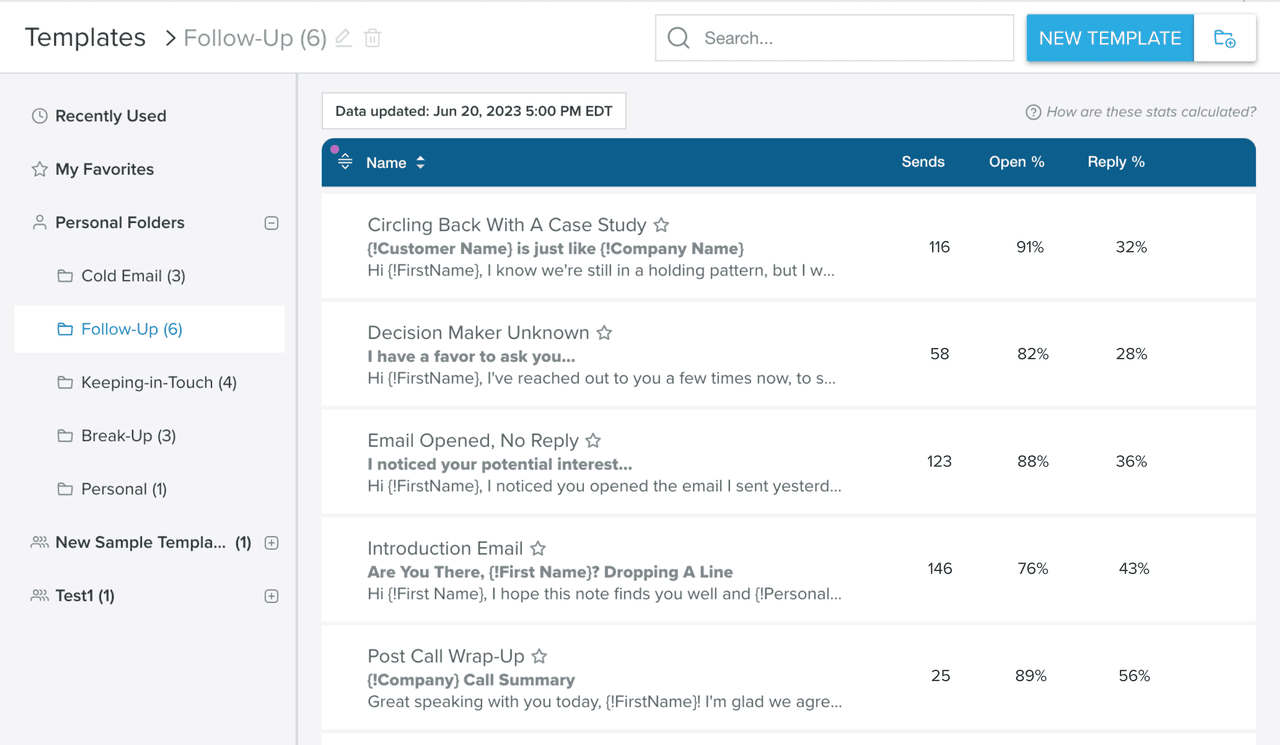
Interested in trying it out? Get started for free.
Does your team enjoy sales training? Which sales training program has been most effective for you or your team? What results have been the most impactful as a result of sales training?
This guide was updated on June 28, 2023.
Get sales tips and strategies delivered straight to your inbox.
Yesware will help you generate more sales right from your inbox. Try our Outlook add-on or Gmail Chrome extension for free, forever!
Related Articles
Casey O'Connor
Casey O'Connor
Casey O'Connor
Sales, deal management, and communication tips for your inbox

